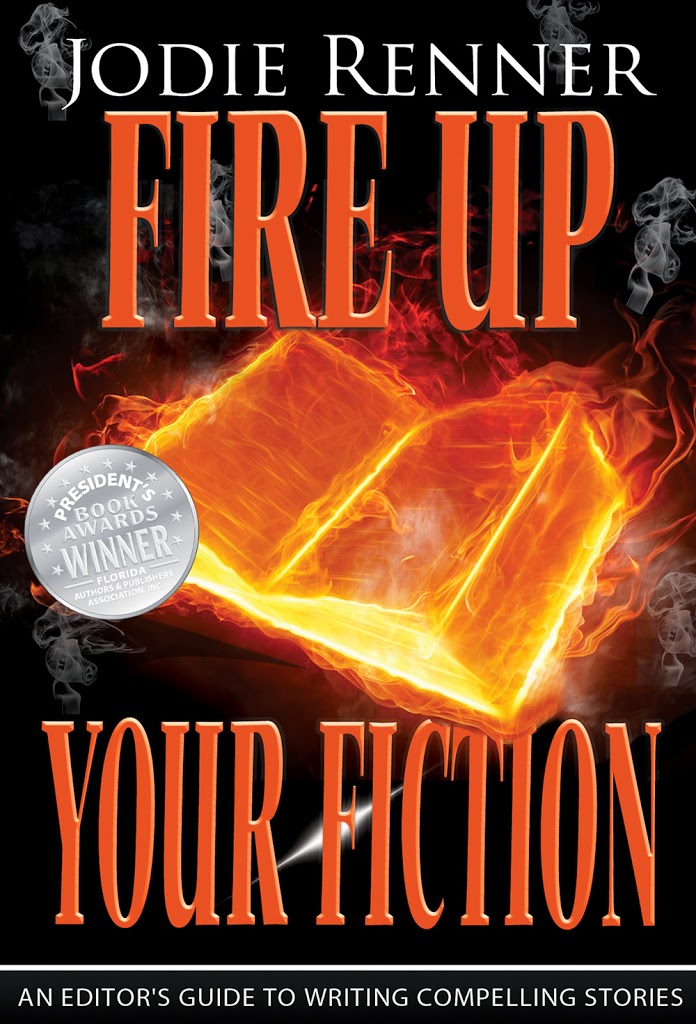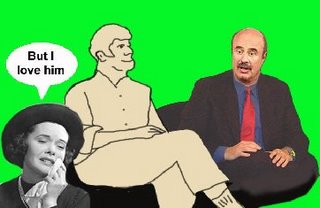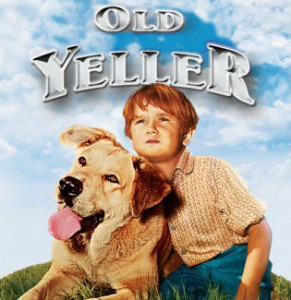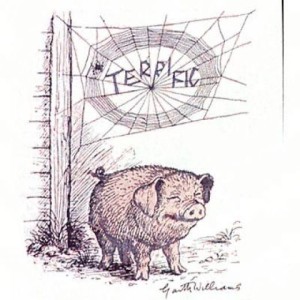By Joe Moore
If I asked you to name 5 of your favorite heroes and 5 villains, which would you think of first? Which would come easier, the good guys or the bad? If you’re an action-adventure fan and you read a lot of Clive Cussler novels, Dirk Pitt would probably pop into your head right away. Now, name one arch-villain in a Dirk Pitt novel. We all know or have heard of Jack Ryan, Jason Bourne and Lara Croft. But name the bad guys they fought against. The reason it’s harder to recall specific villains is because it’s harder to write memorable bad guys. There aren’t that many Hannibal Lecters out there. But there are quite a few Clarice Starlings.
If you’re working on making your villain memorable, here are a few tips to do so.
Your villain must have multiple layers, perhaps even more that your hero. Stereotypical 2-D villains are boring. Why? Because we’ve all seen our share of non-motivated antagonists. A bunch of teens go to a cabin by a lake and start getting chopped up one by one. Seen that before? The villain is a killing machine. Why? Most of the time we have no idea. How about a good guy who turns bad. The motivational layers are all there. Just watch BREAKING BAD or DEATH WISH.
Your villain must be intelligent. Perhaps even more so than your hero. The brilliant bad guys are the ones that make the hero work really hard to solve the conflict. Their meticulous planning and concentration make them memorable. To see a brilliant villain in action, watch DIE HARD or SPEED.
Your villain had to have baggage. Preferably enough to make the reader cheer for him at least once. This usually happens near the beginning of the story where we see what motivates him. There is a hint of sympathy from the reader. But it doesn’t last long. Mr. Villain does something nasty and the sympathy shifts to the protagonist.
Your villain must face a fork in the road—a point in the story when he chooses to become a bad boy. The reader must believe the choice was voluntary. No one is born evil. They must choose to become evil somewhere along the way, for a believable reason.
Most important of all, your villain must be convinced he’s right. He needs to believe that his course of action is the correct path. Whether it’s revenge or jealousy, or some other strong motivator, he must do what he does out of commitment to being right. He must believe it and so must the reader.
As you write your villain into your manuscript, remember that he is not a throwaway character. He must be accepted by the reader for what he stands for and what he believes. For most of your story, he has to be as strong a character, if not stronger, than your protag. Make him memorable.
Now your turn. Name 5 of your favorite heroes and five villains your love to hate.


 Guide to Character Emotion
Guide to Character Emotion

![[Writing-a-Killer-Thriller_May-13_120%255B2%255D.jpg]](https://killzoneblog.com/wp-content/uploads/2013/10/Writing-a-Killer-Thriller_May-13_120-25255B2-25255D-189x300.jpg)


